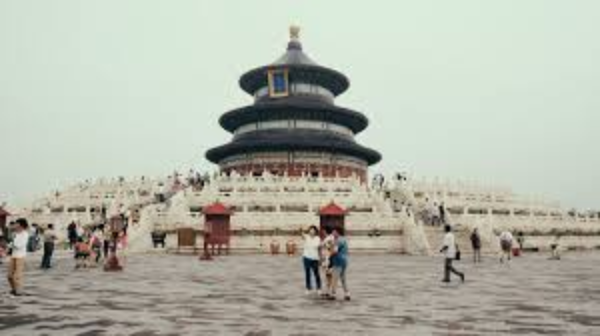
Is Hiking Mount Huangshan Difficult?
Mount Huangshan, or the Yellow Mountain, is a UNESCO World Heritage Site renowned for its stunning scenery. Many travelers dream of experiencing its beauty firsthand, but wonder: is hiking Mount Huangshan difficult?
The answer depends on several factors, including your:
- Fitness level: Are you a regular hiker or new to strenuous physical activity?
- Time constraints: How many days do you have to explore the mountain?
- Tolerance for heights: Some sections involve steep drops and narrow paths.
- Preference for comfort: Do you prefer cable cars and hotels, or a more rugged experience?
Let's break down the difficulty level:
Hiking Difficulty
- Easy: For those short on time or seeking a comfortable experience, cable cars provide access to major scenic areas. Well-maintained stone paths with railings ensure relatively easy walking, although there are still some steps.
- Moderate: Opting for a combination of hiking and cable cars allows you to experience some of the trails while saving energy for the summit. Be prepared for uneven terrain, steep sections, and stairs.
- Challenging: Hiking the entire way demands a good level of fitness. You'll navigate steep, winding paths, often with stairs carved directly into the rock. The altitude gain can also be demanding.
Time Required
- 1 Day: Feasible if you primarily use cable cars and focus on a specific area. You can still enjoy breathtaking views, but the experience will be rushed.
- 2 Days: Ideal for combining hiking with cable cars, allowing you to explore multiple scenic areas and appreciate the mountain's diverse beauty.
- 3+ Days: Recommended for experienced hikers who want to tackle challenging trails and immerse themselves in the natural splendor. This allows for a more relaxed pace and the opportunity to discover hidden gems.
Tips for Planning Your Hike
- Check the weather: Conditions on Mount Huangshan can change rapidly. Opt for a clear day for the best views.
- Pack appropriately: Comfortable hiking shoes, layers of clothing, sunscreen, a hat, and plenty of water are essential.
- Choose your route wisely: Numerous trails cater to different fitness levels and time constraints. Research and select the best option for you.
- Consider a guide: A local guide can enhance your experience by providing insights into the mountain's history, culture, and ecology.
- Book accommodation in advance: Whether you prefer hotels, guesthouses, or camping, ensure you have a place to stay, especially during peak season.
Example Hiking Itinerary (2 Days)
| Day | Activity | Notes |
|---|---|---|
| Day 1 | * Hike the West Sea Grand Canyon Trail (challenging) | |
| Day 1 | * Take the cable car up to the summit to enjoy the sunset | Pack a lunch and plenty of water. |
| Day 2 | * Watch the sunrise from the summit | |
| Day 2 | * Hike down the mountain via the Beginning-to-Believe Peak Trail (moderate) | Start early to avoid crowds at the sunrise. |
Is Mount Huangshan right for you?
While Mount Huangshan presents challenges, its beauty and unique landscapes make it a rewarding experience for hikers of all levels. By carefully considering your fitness, time constraints, and preferences, you can plan an unforgettable adventure.
FAQs
1. What is the best time to hike Mount Huangshan?
Spring (April-May) and autumn (September-October) offer the most pleasant temperatures and clear skies. Summer (June-August) can be hot and humid, while winter (November-March) brings snow and icy conditions.
2. Are there facilities available on the mountain?
Yes, Mount Huangshan has restrooms, restaurants, and hotels at various points, mainly near cable car stations and popular scenic spots. However, facilities become more limited as you venture further into the backcountry.
3. Can I hike Mount Huangshan independently, or do I need a guide?
While it's possible to hike independently, a guide can be beneficial, especially if you're short on time, unfamiliar with the area, or prefer a more informative experience. They can navigate the trails, handle logistics, and share their knowledge of the mountain.